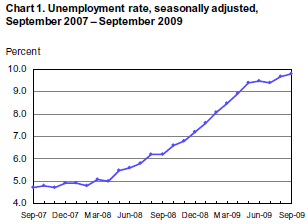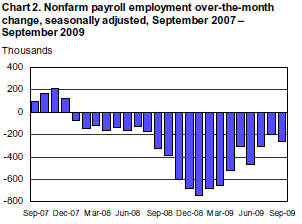Most literature on the subject of Innovation cites diversity as an important component of the innovation enterprise. Unfortunately diversity rides a political narrative rather than practical applications. Polarization is the death of diversity and the political narrative that plagues our country also plagues our ability to innovate.
Process Diversity
Not only does the diversity in innovation matter, the diversity of acceptable outcomes of innovation is also important. In addition, the diversity of attempts at innovation is essential, i.e., failure must be culturally acceptable. Preconception, bias, thresholds, and ideology often spell the end of a economic outcome.
Moving Against the Grain
Unfortunately, the forces acting against diversity are deeply ingrained in each of us whether we’ll admit it or not. For example, if you are in charge of producing diverse groups, processes and outcomes. How does one extract their own personal bias? How does one determine how much diversity is needed? Removing oneself produces randomness. Including oneself produces similitude. Polarization returns.
A Diverse Quagmire
Most companies innovate with existing personnel whose behavior can only be a function of their interaction with the company for their career and retirement prospects. Utilizing external sources does not eliminate this bias and may in fact magnify it.
There may be a way out of this quandary; we must open our observation to include all possible outcomes as worthwhile. Then we must distribute the results broadly. Where diverse people observe the same event, objectivity is achieved.
A striking resemblance to social media
By observing something derived from unobservable events, we can gain a great deal of information. because Social media is experiencing extraordinary growth we can say that a great amount of innovation is occurring. It is our prerogative to capture the innovation and not to expect the innovation to capture us, our government, or our corporations.
Diversity by Proxy
At the Ingenesist Project, we define innovation as outcomes proportional to the rate of change of knowledge with respect to time. As such, all we need to do is look for high rates of change of knowledge and we know that innovation is taking place. We do not know what the innovation is, where it’s directed, or what the market for the innovation may be. However, when we employ diverse observation, these answers begin to emerge.
Social media provides an interesting backdrop to the innovation process. Social Media does not care what you look like, the clothes you wear, or the church you attend. Social media hold no monopoly of opinion on diversity –
Diverse Incentives
If we take a lesson from economics, we know that people will generally act in their own perceived best interest. Then we can apply a set of incentives that modifies the best interests of the people. These incentives may be rewards, access to more incentives, or reduction of risk. Suppose that diversity were in fact a process of self selection or self removal from an objective? That is, people would have enough information regarding the potential outcomes that they could choose to interact with the process or not. In effect, innovating as an economy.
Photo credit


